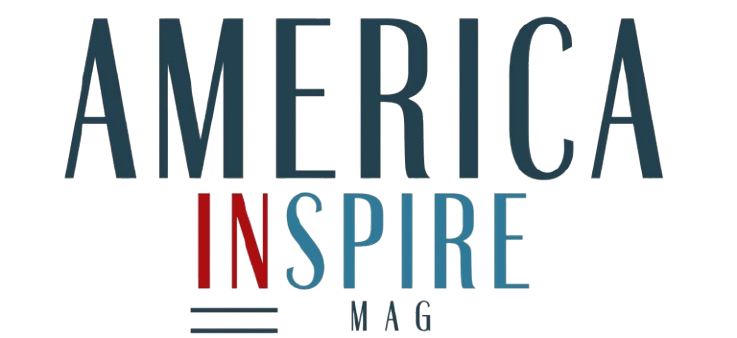In recent weeks, OpenAI’s ChatGPT has experienced an unprecedented surge in user engagement, primarily driven by the introduction of a novel image-generation feature that allows users to create art in the distinctive style of Studio Ghibli. This phenomenon, dubbed the “Ghibli Effect,” has not only captivated millions of users worldwide but also sparked significant discussions regarding the implications of AI-generated art on copyright laws and the creative industry.
The Rise of the Ghibli Effect
Studio Ghibli, the renowned Japanese animation studio founded by director Hayao Miyazaki, is celebrated for its hand-drawn animation style and imaginative storytelling in films like “Spirited Away” and “My Neighbor Totoro.” The allure of replicating this unique aesthetic has led to a viral trend where users employ ChatGPT’s advanced image-generation capabilities to produce Ghibli-style artwork. Social media platforms have been inundated with these AI-crafted images, showcasing the widespread appeal of this feature.
According to a report by Reuters, the frenzy to create Ghibli-style AI art resulted in ChatGPT’s average weekly active users surpassing the 150 million mark for the first time this year. OpenAI CEO Sam Altman highlighted the rapid growth, noting that the platform added one million users in a single hour, a stark contrast to the five days it took to achieve the same milestone during ChatGPT’s initial launch over two years ago.
Technological Strain and Infrastructure Challenges
The sudden influx of users eager to experiment with the Ghibli-style image-generation feature placed considerable strain on OpenAI’s infrastructure. Altman acknowledged the challenges, stating, “It’s super fun seeing people love images in ChatGPT. But our GPUs are melting.” This surge led to temporary limitations on the feature’s usage as the company worked to address the increased demand and ensure system stability.
Legal and Ethical Considerations
The popularity of generating images that mimic Studio Ghibli’s style has raised pertinent questions about copyright infringement and the ethical use of AI in art creation. Legal experts have pointed out the complexities in this area, noting that while copyright law traditionally protects specific expressions, it does not necessarily extend to artistic styles. Evan Brown, a partner at law firm Neal & McDevitt, commented on the ambiguity, stating, “The legal landscape of AI-generated images mimicking Studio Ghibli’s distinctive style is an uncertain terrain.”
This legal gray area has sparked debates within the creative community. Artists and industry professionals express concerns about the potential for AI to appropriate and replicate established art styles without proper attribution or compensation. The resurfacing of Hayao Miyazaki’s past criticisms of AI-generated art has further fueled these discussions. In 2016, upon viewing an early AI-generated animation, Miyazaki remarked, “I am utterly disgusted… I would never wish to incorporate this technology.”
Market Impact and Industry Response
The Ghibli Effect has not only influenced user engagement but also had tangible impacts on the market and related industries. Business Insider reported that Microsoft, as a significant investor and primary cloud provider for OpenAI, stands to benefit substantially from the increased usage of ChatGPT. The surge in demand has also highlighted the growing need for enhanced GPU capacity, potentially benefiting companies like Nvidia, AMD, and Intel.
Future Implications and Considerations
As AI continues to evolve and integrate more deeply into creative processes, the Ghibli Effect serves as a case study for the potential and challenges of AI-generated art. While the ability to produce art in beloved styles offers exciting opportunities for creativity and personalization, it also necessitates a reevaluation of copyright laws and ethical standards to protect original artists and their work.
OpenAI’s experience underscores the importance of balancing technological innovation with legal and ethical considerations. As the company navigates these complex issues, the broader tech and creative communities will be closely observing the outcomes and implications for the future of AI in art.
Conclusion
The Ghibli Effect encapsulates the dynamic intersection of AI technology and artistic expression, highlighting both the immense potential for innovation and the critical need for thoughtful regulation and ethical guidelines. As AI-generated art becomes more prevalent, stakeholders across technology, law, and the arts must collaborate to ensure that advancements honor and protect the integrity of original creators while embracing new avenues for creativity.







